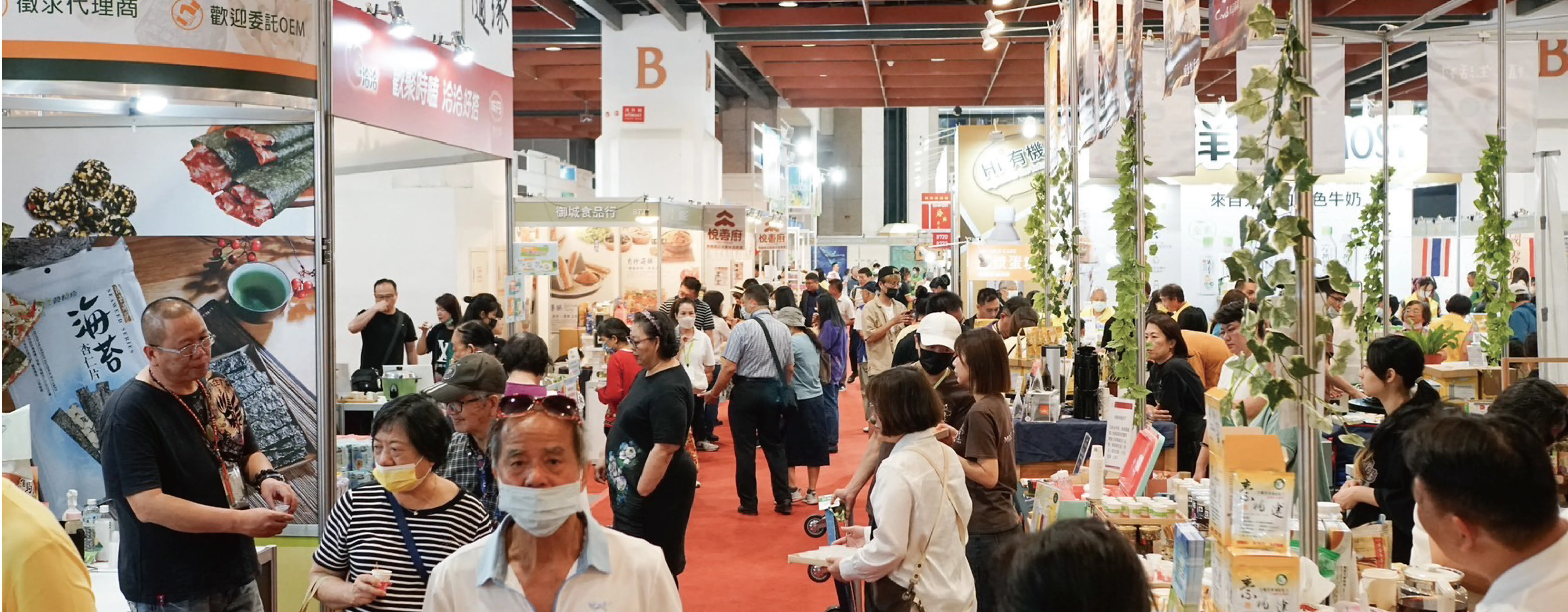


| 時代: | 唐朝後期(西元850-930) |
| 出土地點: | 傳世品 |
| 尺寸: | 高度:約185 cm 寬度:約60 cm |
| 質地: | 梧桐木 |
| 數量: | 1 |
江浙工木雕法像通常以立姿為主,且此件開臉甜美、臉龐較豐腴,五官給人感覺比較年輕,神態嫵媚、五官細緻,尤其眼睛部分栩栩如生、與真人無異,符合江浙工木雕法像的特徵。
Wooden carvings from the Jiangzhe region often feature standing poses, and this statue has a sweetly open face with slightly plump facial features. The facial features give a youthful impression, with delicate and captivating details. The eyes, in particular, are lifelike and realistic, adhering to the characteristics of the Jiangzhe style of wooden carving.
此法像高髮髻,髮冠以唐朝後期捲葉花卉紋為飾,中央有釋迦牟尼佛,右手向上、拇指中指相捻結說法印,左手下垂掌心向外持與願印,上身袒露只於肩膀處披有輕薄天衣,胸前飾有唐朝時期垂放式的瓔珞,腰部纖細,體態略帶S型,約五等身,露雙足、踩蓮座。
The statue features a high topknot adorned with late Tang Dynasty curling leaf and floral motifs. At the center is a figure of Shakyamuni Buddha. The right hand is raised with the thumb touching the index finger, forming the gesture of teaching, while the left hand hangs downward with the palm facing outward in the gesture of bestowing blessings. The upper body is draped with a lightweight celestial robe that exposes the shoulders, and the chest is adorned with a pendant-like garland, characteristic of the Tang Dynasty style. The waist is slender, and the overall posture exhibits a subtle S-curve. The figure is approximately in the proportion of a five-body form and is seated on a lotus pedestal with both feet exposed, resting on the lotus seat.
此件胎體是以夾紵為之,是既輕巧又堅固的胎骨,製作前必須先準備好胎,將麻布等填充織物與漆相互交疊,直至所需的厚度,過程中主要依靠漆的黏性及布的張力乾涸成型,此種工藝手續繁複、製作數量有限,且乾漆保存不易。此件法像在天衣邊緣有明顯的麻布與漆相互交疊的痕跡,可見是使用夾紵的方式保護木料、易於上色,因年代久遠,有嚴重天然風化脫漆現象,只有少部分有殘漆。此件製作方式與唐朝漆器製作方式相同,是唐朝時期發展相當成熟的漆藝,與宋朝時期上漆的工藝不同。
The base structure is made using a technique called "jia zhou," a combination of cloth and lacquer that creates a lightweight yet sturdy core. The process involves layering cloth, such as linen, and lacquer on top of each other until the desired thickness is achieved. The drying process relies on the adhesive properties of the lacquer and the tension of the fabric to shape the form. This intricate process results in a limited production quantity due to its complexity, and the preservation of dried lacquer can be challenging. This statue exhibits evident traces of the cloth and lacquer overlapping along the edges of the celestial robe, which suggests the "jia zhou" technique was used to protect the wood and facilitate coloring. Due to its age, the statue has undergone significant natural weathering and lacquer loss, with only small traces of remaining lacquer. The creation process of this piece mirrors the technique used in Tang Dynasty lacquerware. This technique, known as "jia zhou," differs from the lacquer application methods in the Song Dynasty. In ancient times, the trunks of trees were often reserved for valuable wood used in architecture and furniture, leading to statues like this one being carved from the wider root portions of the tree, often depicted in a seated or relaxed posture.
古代樹幹部分多為建築、傢俱使用的珍貴木材,因此法像多以面積寬的樹根部分,雕刻成盤坐或自在坐姿,閔工即多為盤坐或自在坐姿。唐朝安史之亂後經濟重心移到江浙地區,江浙地區逐漸成為帝國最富庶的地區,因此可使用樹木主體樹幹部分雕刻立姿法像。此件木料為梧桐木,因年代久遠而呈現深赭色,法像整體保存完整。
After the An Lushan Rebellion, the economic center of the Tang Dynasty shifted to the Jiangzhe region, which gradually became the wealthiest area of the empire. This shift allowed for wooden sculptures to be carved in a standing pose using the main trunk portion of the tree. The wood used for this statue is phoenix tree wood, which has taken on a deep reddish hue due to its age. The statue is well-preserved.
